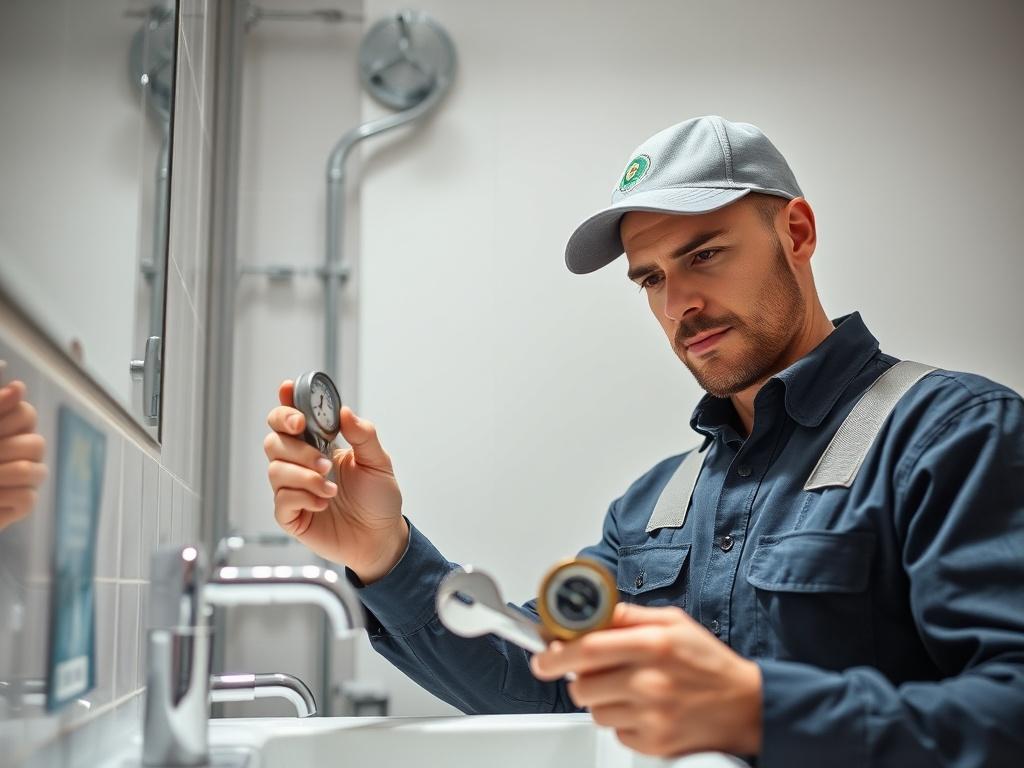
Experiencing low water pressure in your home can be incredibly frustrating, especially when it affects daily activities like showering or washing dishes. For Omaha residents, understanding the common causes behind this issue is crucial to restoring your water flow and ensuring a steady supply. From aging pipes to mineral buildup, various factors can contribute to diminished pressure in your plumbing system. In this blog post, we’ll explore these common causes and provide practical solutions tailored to the unique water pressure challenges faced by homeowners in Omaha.
Improving your water pressure doesn’t have to be a daunting task. With the right knowledge and resources, you can troubleshoot the issues plaguing your home and implement effective strategies to enhance your water flow. This blog will guide you through various solutions, from simple DIY fixes to professional interventions, as well as share tips for maintaining optimal water pressure in the long run. Keep reading to discover how you can reclaim the strong and reliable water pressure you deserve in your Omaha home!
Understanding the common causes of low water pressure in Omaha homes
Low water pressure can be a frustrating issue for homeowners in Omaha, and various factors can contribute to this problem. One common cause is the buildup of mineral deposits in pipes, especially in areas with hard water. Over time, these deposits can restrict water flow, resulting in diminished pressure. Additionally, aging plumbing systems often suffer from corrosion, which can lead to blockages and leaks. In some cases, homeowners may experience low water pressure due to issues with the municipal water supply, particularly during peak usage times or due to maintenance work.
Another factor that can lead to low water pressure in Omaha homes is faulty plumbing fixtures, such as faucets and showerheads. Over time, the aerators in these fixtures can become clogged, which restricts water flow and reduces pressure. Moreover, if your home is located at the end of a water supply line, you may notice lower pressure compared to those who are more centrally located. Identifying these common causes is the first step in finding a practical solution to restore water pressure in your household.
Practical solutions to improve your home's water pressure
If you’re facing low water pressure in your Omaha home, several practical solutions can help remedy the issue. First, check for any clogs in your plumbing system. Mineral buildup in pipes and faucet aerators can significantly reduce water flow. Disassembling and cleaning these fixtures can restore pressure. If you suspect that old, corroded pipes are the culprit, consider consulting a licensed plumber. Replacing these pipes can improve overall water flow and ensure your home’s plumbing system efficiently delivers water to all areas.
Another effective method is to optimize your water pressure regulator. In many homes, this device controls the water pressure entering your household plumbing. If it malfunctions, it can lead to insufficient water pressure. You can check the regulator settings and adjust them, but engaging a professional for this task ensures accuracy. Lastly, make sure your home isn’t using too much water simultaneously. Turn off other fixtures while using the shower or washing machine to enjoy a better experience. By taking these practical steps, you can begin to enjoy improved water pressure throughout your home.
Tips for maintaining optimal water pressure in your household
Maintaining optimal water pressure in your home requires consistent attention and care. Firstly, make it a habit to regularly inspect your plumbing system for any leaks or worn-out fixtures, as these can significantly contribute to low water pressure. Address issues like corroded pipes or faulty faucets promptly to prevent further complications. Additionally, consider installing a pressure-reducing valve (PRV) if your home experiences high pressure fluctuations. By adjusting the pressure to a more manageable level, you can enhance the performance of your plumbing system while protecting it from damage.
Moreover, regularly cleaning your showerheads and faucet aerators can help maintain strong water pressure. Mineral buildup from hard water can clog these fixtures, diminishing flow rates. Simply unscrew these components, soak them in vinegar, and scrub away any deposits to restore their functionality. Educating your household about water usage can make a difference too; running multiple faucets or appliances simultaneously can strain your system. Encourage everyone to stagger their water use during peak times, ensuring a steady flow throughout your home while effectively managing your water pressure.
Talk to one of our experts — for free.
Enter your email and get virtual support from a licensed pro, no strings attached.